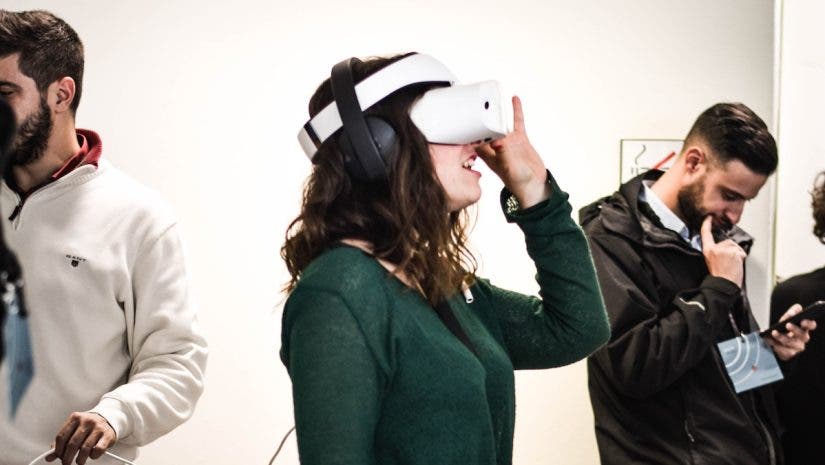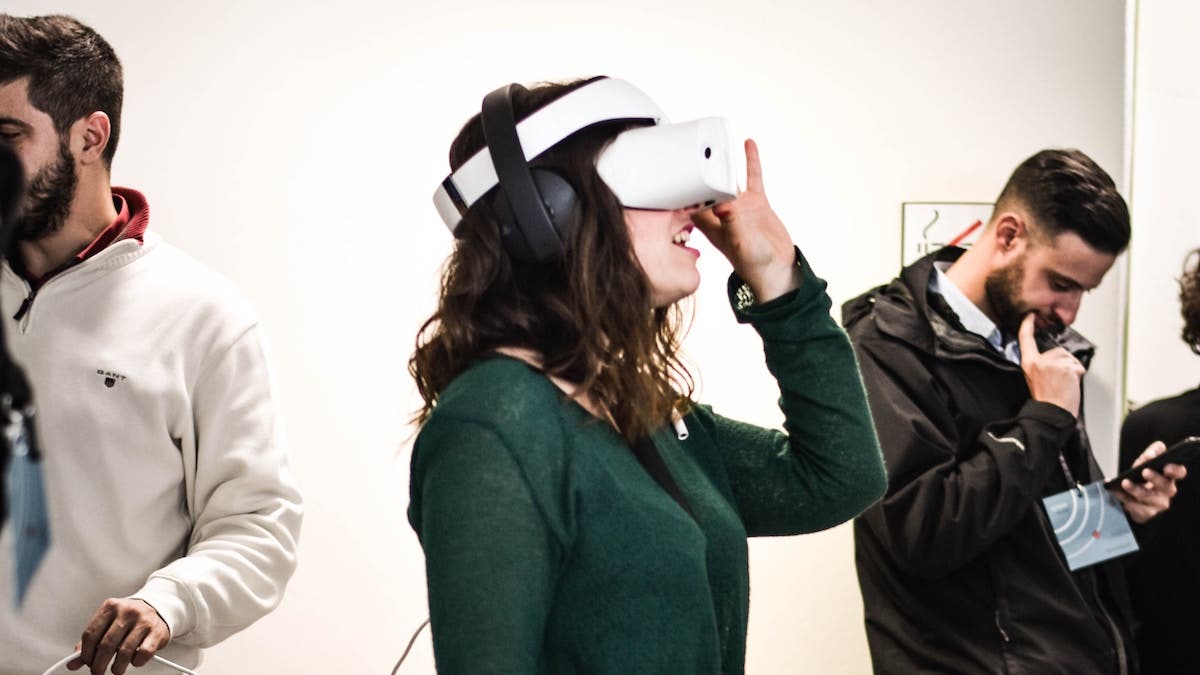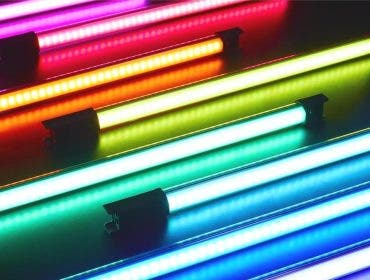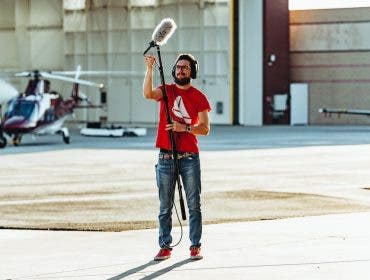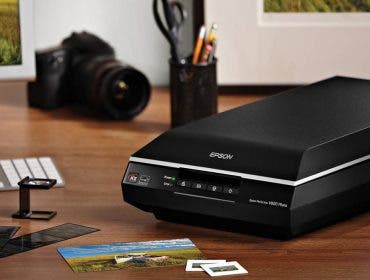Higher education institutions are increasingly incorporating virtual reality (VR) into their curriculums, allowing students to experience immersive, interactive learning environments that simulate real-world situations. VR technology is helping students develop critical thinking and problem-solving skills and prepares them for the demands of the modern workforce.
Statistics About Virtual Reality in Higher Education
- According to the Business Research Company, the global virtual reality in education market is rapidly growing — up from $6.37 billion in 2021 to $8.66 billion in 2022. It is expected to reach $32.94 billion by 2026 at a compound annual growth rate of 39.7%.
- The Center for Digital Education reports that the top three subject areas where virtual reality is being used in higher education are science (62%), technology (49%), and engineering (47%).
- 70% of students and 60% of the academic faculty think that using virtual and augmented reality to supplement medical education is more advantageous compared to classical medical instruction. (Source)
- In February 2021, Morehouse College in Atlanta, Georgia piloted a proof-of-concept metaversity (a portmanteau of “metaverse” and “university”) program that offered virtual reality courses in world history, biology and chemistry. Students in the VR world history class registered a 10% increase in grade point averages (GPA) compared to those that attended the same class taught concurrently via Zoom (during the COVID-19 pandemic) as well as those taught face-to-face the year prior. (Source)
- After a year where half of the students learned via virtual reality and the other half learned from a traditional in-person curriculum, students at Arizona State University who learned via VR demonstrated higher engagement, with 15% earning higher grades. (Source)
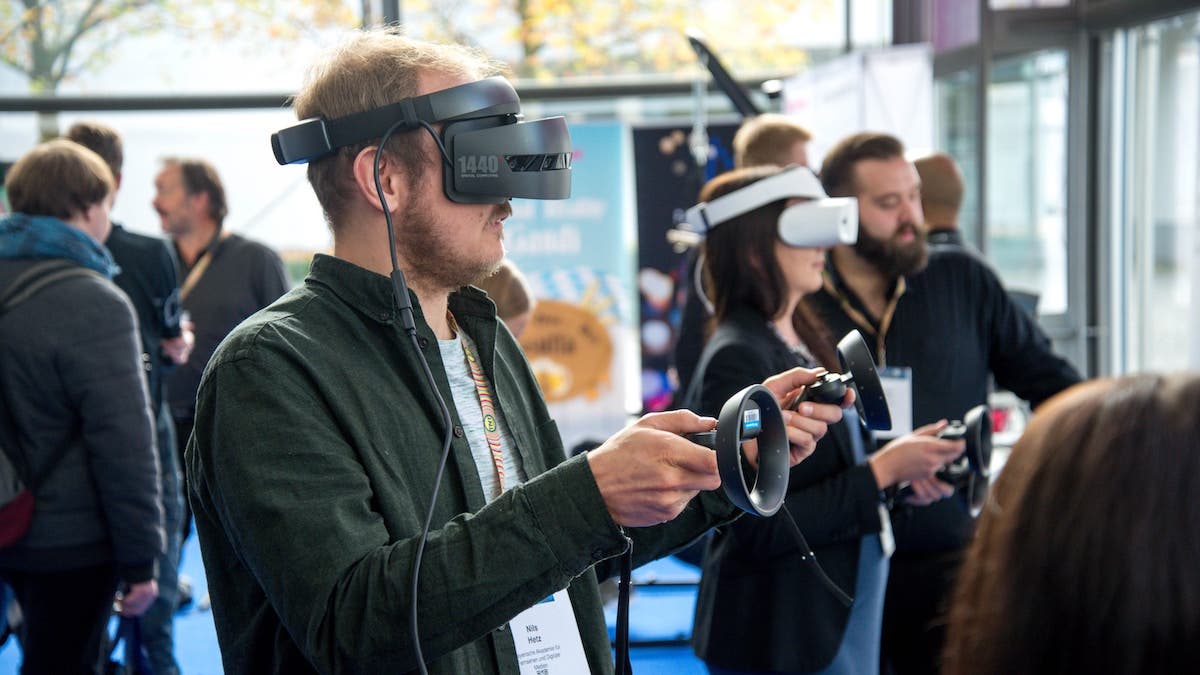
How Higher Education Institutions Are Using Virtual Reality
Medical Training
VR technology is being used in medical schools to provide students with realistic simulations of procedures, surgeries and operations. Medical students can practice in safe and controlled virtual environments without risk to patients.
Engineering and Design
Virtual reality is being used in engineering and design programs to create virtual environments where students can explore complex objects. Students can visualize and manipulate designs and see the effects of changes in real-time.
Historical Reenactment
In history classes, VR technology is being used to recreate historical events and settings, immersing students in virtual environments where they can experience sights, sounds and emotions of past events.
Astronomy and Physics
Virtual reality is being used to create immersive simulations of space, planets, and celestial objects. Students can explore the universe and observe the laws of physics, improving their understanding of complex concepts and theories.
Language Learning
Students can use VR headsets to explore virtual environments and practice speaking with simulated native speakers, helping to improve language skills and cultural understanding.
Environmental Science
VR is being used to create simulations of natural environments and ecosystems, helping students understand the impact of human activity, and make informed decisions that can help protect the environment.
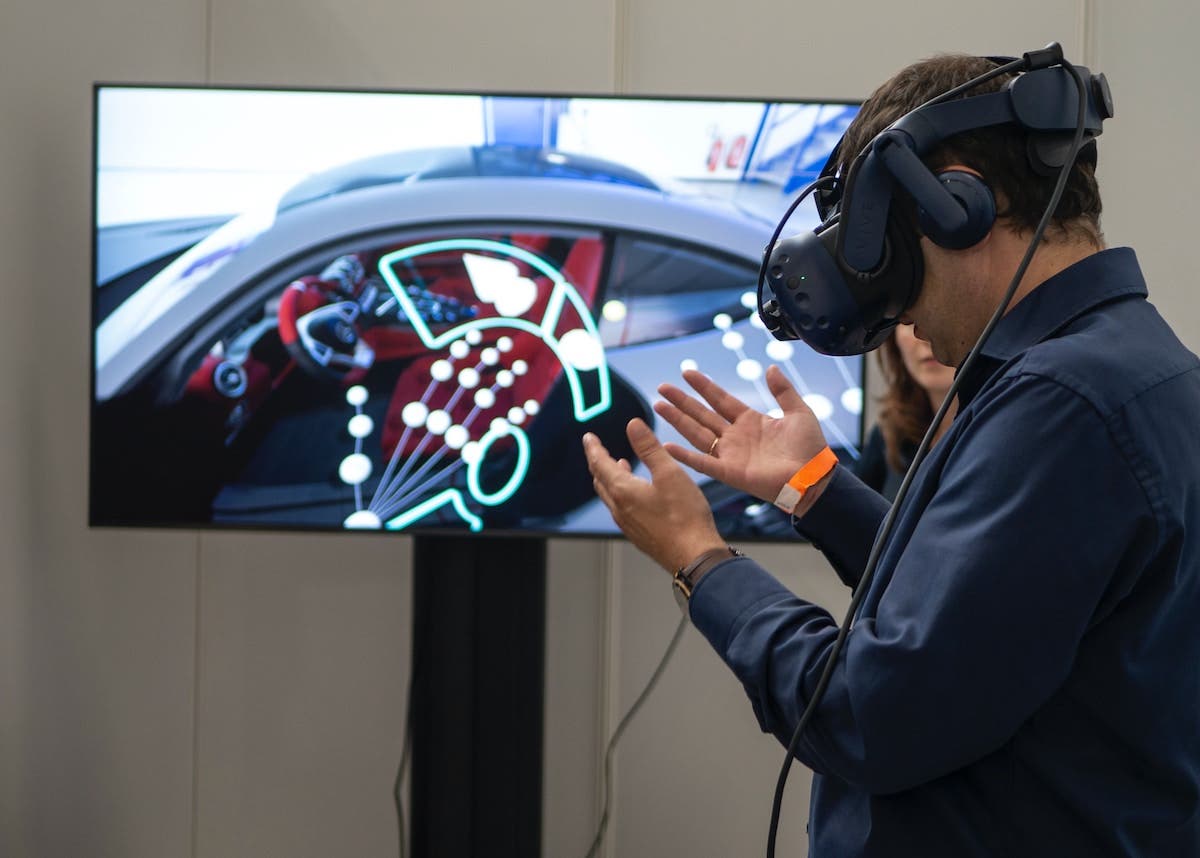
Why is Virtual Reality Technology and Gear Helpful for Higher Education?
Virtual reality technology and gear are helpful for students and educators in higher education because they offer new and exciting learning experiences that are immersive and interactive. Compared to traditional education, VR learning experiences provide access to experiences that would otherwise prove difficult or impossible to achieve in the real world. This offers increased student engagement, improved knowledge retention, and helps make complex concepts much easier to comprehend.
VR can also create highly realistic simulations of real-world scenarios, allowing students to practice and apply what they’ve learned in a safe and controlled environment. This is especially helpful for highly specialized fields like healthcare and engineering where hands-on experience is critical. VR can also be leveraged across a variety of educational settings, including online education and distance learning programs, providing students with flexible and customizable learning experiences.
When it comes to dollars and cents, VR gear also presents a cost-effective alternative to expensive field trips, specialized equipment, and other cost-prohibitive educational experiences. In addition, the use of VR technology can potentially create new revenue streams for educational institutions as well, such as offering VR-based training programs to professionals in various fields.
VR Technology for All Your Needs
Adorama Business Solutions offers a variety of VR technology that can meet your organization’s needs.
This can include:
- Headsets
- Base Stations
- Trackers
- Controllers
- PCs
- Connectivity
- Batteries
- Software
- Cases
- Accessories
Conclusion
Virtual reality technology is increasingly being incorporated into higher education curricula. It provides students with immersive, interactive, and realistic learning experiences that not only mimic real-world situations, but also helps improve their engagement, retention, and understanding of complex concepts and topics. VR is particularly helpful in medical training, engineering and design, and other highly specialized fields where hands-on experience is critical. Using VR, educators can create realistic simulations of real-world scenarios within which students can gain valuable first-hand experience applying what they’ve learned in safe and controlled environments. As the VR in education market continues to grow exponentially, the use of VR technology and gear in higher education is sure to become more prevalent.
